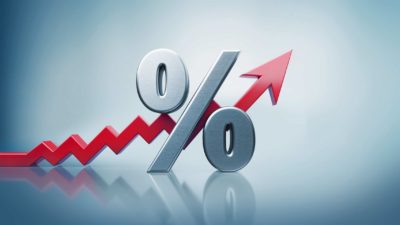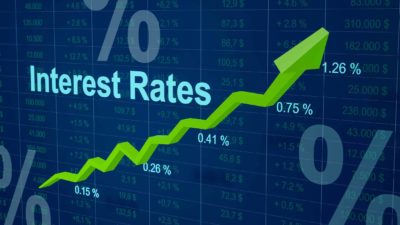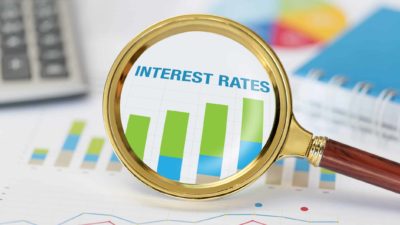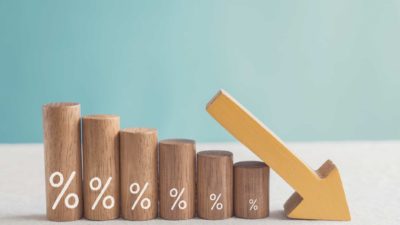Well, it's been an interesting day for the S&P/ASX 200 Index (ASX: XJO) so far this Wednesday, to say the least. The ASX 200 started off on a fairly negative footing this morning.
The Index closed at 7,034.1 points yesterday but quickly fell as low as 7,011 points soon after market open this morning. In fact, the ASX 200 was in red territory until about midday today.
But as it currently stands, the Index has gained 0.11% and has risen up to 7,042 points at the time of writing:
So why this dramatic change of heart from investors today?
Well, the ASX's pivot from red to green territory almost perfectly coincides with the latest inflation data out of the Australian Bureau of Statistics (ABS). So that could have something to do with it.
This morning (just before midday), the ABS released its latest consumer price index (CPI) figures. And they make for some interesting reading. Over the 12 months to 28 February, the Australian economy endured inflation of 6.8%.
That might seem like a lot (and it is, historically). But over the 12 months to January 2023, inflation was running at 7.4%. That means running annual inflation has slowed from 7.4% to 6.8% in just one month.
Now cooling inflation usually means a cooling economy. This is exactly what the Reserve Bank of Australia (RBA) wants, considering the ten interest rate rises in a row we have just had.
So why might investors be excited over this latest inflation data, considering it might be reflecting a slowing economy?
Why might lower inflation lead to higher ASX shares?
Well, this turnaround in sentiment we have seen on the ASX probably isn't about inflation itself, but what lower inflation might mean for interest rates. If inflation is slowing (which it seems to be), the RBA might consider pausing its ten-month streak of raising interest rates.
Interest rates are bad for almost every asset outside cash. They slow the economy down and make growth assets like shares less attractive to investors compared with 'safer' alternatives like term deposits.
Over 2020 and 2021, interest rates were effectively zero. This meant that a term deposit or savings account would have yielded you 1% if you were lucky. So if you wanted to chase a better return than that, the share market was one of the only options.
But today, you can get a term deposit at a 5% interest rate or even higher. That makes the prospect of investing in shares a lot less appealing for many investors.
So that's why investors hate high interest rates. Thus, it's understandable why today's inflation data is giving investors confidence in the share market.









